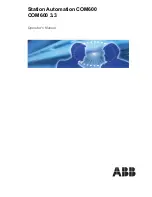
P-660H-Tx v2 Support Notes
traffic among multiple paths. For example, if a network has both the Internet
and remote node connections, we can route the Web packets to the Internet
using one policy and route the FTP packets to the remote LAN using another
policy. See the figure below.
Use IPPR to distribute traffic among multiple paths
•
Benefits
Source-Based Routing
-
Network administrators can use policy-based
routing to direct traffic from different users through different connections.
Quality of Service (QoS)-
Organizations can differentiate traffic by setting the
precedence or TOS (Type of Service) values in the IP header at the periphery
of the network to enable the backbone to prioritize traffic.
Cost Savings
- IPPR allows organizations to distribute interactive traffic on
high-bandwidth, high-cost path while using low-path for batch traffic.
Load Sharing
- Network administrators can use IPPR to distribute traffic
among multiple paths.
•
How does the IPPR work?
A policy defines the matching criteria and the action to take when a packet
meets the criteria. The action is taken only when all the criteria are met. The
criteria include the source address and port, IP protocol (ICMP, UDP, TCP,etc),
destination address and port, TOS and precedence (fields in the IP header)
and length. The inclusion of length criterion is to differentiate between
interactive and bulk traffic. Interactive applications, e.g., Telnet, tend to have
short packets, while bulk traffic, e.g., file transfer, tends to have large packets.
61
All contents copyright © 2006 ZyXEL Communications Corporation.
















































